Jong Woo Kim
Few-Shot Learning from Gigapixel Images via Hierarchical Vision-Language Alignment and Modeling
May 23, 2025Abstract:Vision-language models (VLMs) have recently been integrated into multiple instance learning (MIL) frameworks to address the challenge of few-shot, weakly supervised classification of whole slide images (WSIs). A key trend involves leveraging multi-scale information to better represent hierarchical tissue structures. However, existing methods often face two key limitations: (1) insufficient modeling of interactions within the same modalities across scales (e.g., 5x and 20x) and (2) inadequate alignment between visual and textual modalities on the same scale. To address these gaps, we propose HiVE-MIL, a hierarchical vision-language framework that constructs a unified graph consisting of (1) parent-child links between coarse (5x) and fine (20x) visual/textual nodes to capture hierarchical relationships, and (2) heterogeneous intra-scale edges linking visual and textual nodes on the same scale. To further enhance semantic consistency, HiVE-MIL incorporates a two-stage, text-guided dynamic filtering mechanism that removes weakly correlated patch-text pairs, and introduces a hierarchical contrastive loss to align textual semantics across scales. Extensive experiments on TCGA breast, lung, and kidney cancer datasets demonstrate that HiVE-MIL consistently outperforms both traditional MIL and recent VLM-based MIL approaches, achieving gains of up to 4.1% in macro F1 under 16-shot settings. Our results demonstrate the value of jointly modeling hierarchical structure and multimodal alignment for efficient and scalable learning from limited pathology data. The code is available at https://github.com/bryanwong17/HiVE-MIL
Machine learning for industrial sensing and control: A survey and practical perspective
Jan 24, 2024Abstract:With the rise of deep learning, there has been renewed interest within the process industries to utilize data on large-scale nonlinear sensing and control problems. We identify key statistical and machine learning techniques that have seen practical success in the process industries. To do so, we start with hybrid modeling to provide a methodological framework underlying core application areas: soft sensing, process optimization, and control. Soft sensing contains a wealth of industrial applications of statistical and machine learning methods. We quantitatively identify research trends, allowing insight into the most successful techniques in practice. We consider two distinct flavors for data-driven optimization and control: hybrid modeling in conjunction with mathematical programming techniques and reinforcement learning. Throughout these application areas, we discuss their respective industrial requirements and challenges. A common challenge is the interpretability and efficiency of purely data-driven methods. This suggests a need to carefully balance deep learning techniques with domain knowledge. As a result, we highlight ways prior knowledge may be integrated into industrial machine learning applications. The treatment of methods, problems, and applications presented here is poised to inform and inspire practitioners and researchers to develop impactful data-driven sensing, optimization, and control solutions in the process industries.
* 48 pages
Modern Machine Learning Tools for Monitoring and Control of Industrial Processes: A Survey
Sep 22, 2022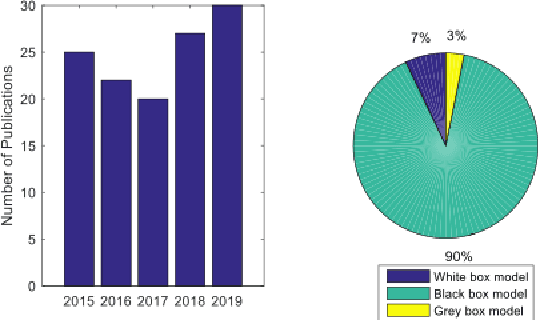
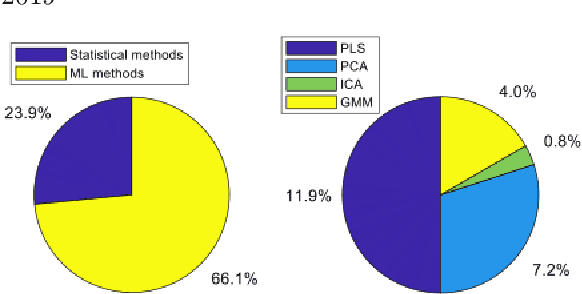
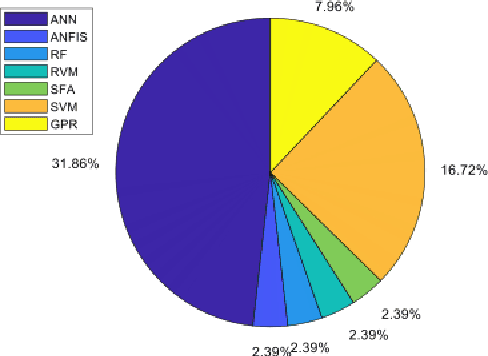
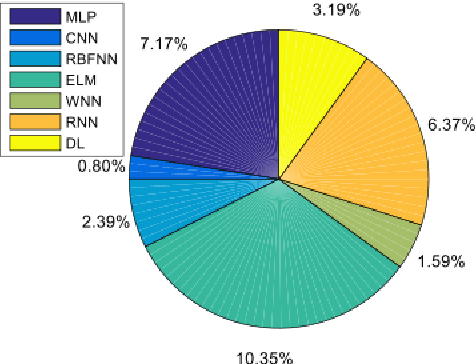
Abstract:Over the last ten years, we have seen a significant increase in industrial data, tremendous improvement in computational power, and major theoretical advances in machine learning. This opens up an opportunity to use modern machine learning tools on large-scale nonlinear monitoring and control problems. This article provides a survey of recent results with applications in the process industry.
When Bioprocess Engineering Meets Machine Learning: A Survey from the Perspective of Automated Bioprocess Development
Sep 02, 2022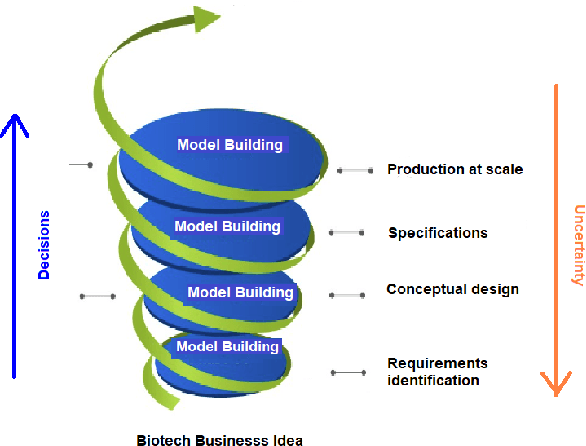
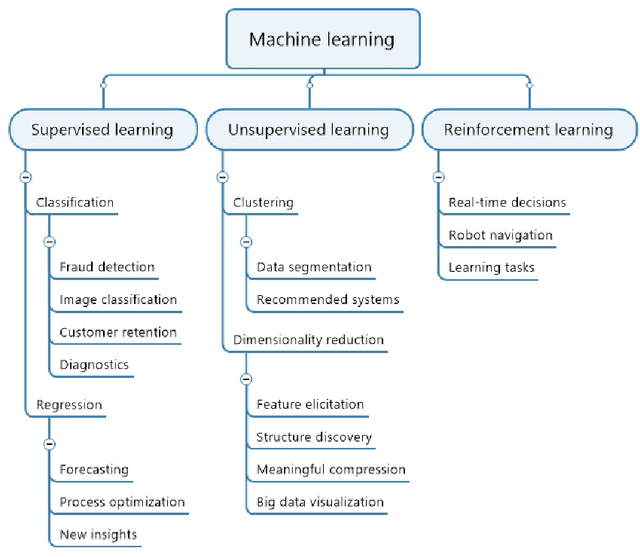
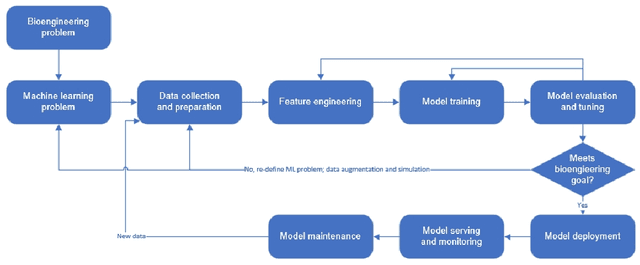
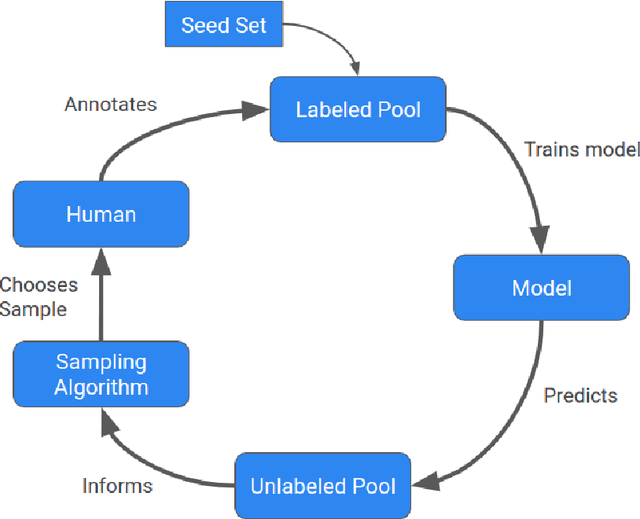
Abstract:Machine learning (ML) has significantly contributed to the development of bioprocess engineering, but its application is still limited, hampering the enormous potential for bioprocess automation. ML for model building automation can be seen as a way of introducing another level of abstraction to focus expert humans in the most cognitive tasks of bioprocess development. First, probabilistic programming is used for the autonomous building of predictive models. Second, machine learning automatically assesses alternative decisions by planning experiments to test hypotheses and conducting investigations to gather informative data that focus on model selection based on the uncertainty of model predictions. This review provides a comprehensive overview of ML-based automation in bioprocess development. On the one hand, the biotech and bioengineering community should be aware of the potential and, most importantly, the limitation of existing ML solutions for their application in biotechnology and biopharma. On the other hand, it is essential to identify the missing links to enable the easy implementation of ML and Artificial Intelligence (AI) solutions in valuable solutions for the bio-community. We summarize recent ML implementation across several important subfields of bioprocess systems and raise two crucial challenges remaining the bottleneck of bioprocess automation and reducing uncertainty in biotechnology development. There is no one-fits-all procedure; however, this review should help identify the potential automation combining biotechnology and ML domains.
 Add to Chrome
Add to Chrome Add to Firefox
Add to Firefox Add to Edge
Add to Edge